1969 Chrysler 300 For Sale – There’s something deeply satisfying about using an item that was crafted with skill and attention. These generations are more aware of the environmental impact of fast fashion, disposable goods, and the need to adopt more sustainable practices. Whether it’s a handmade leather bag, a vintage watch, or a luxury car, the term “quality” brings with it an expectation — an assurance that the item in question has been crafted with care, attention to detail, and materials that can stand the test of time. The growing interest in second-hand goods can also be attributed to shifting cultural attitudes toward consumption. In a world dominated by fast fashion, disposable electronics, and mass-produced items, many people are beginning to question the value of constantly purchasing new products. A well-made product simply performs better. The rise of online platforms dedicated to the sale of second-hand goods has also played a significant role in the growing popularity of pre-owned items. This is especially true in a world dominated by fast fashion, disposable electronics, and mass-produced products. As more and more people become concerned about the planet’s resources and the impact of consumerism on the environment, the concept of buying used goods has gained traction as a more sustainable alternative to purchasing new products. The digital age has also transformed the way things are bought and sold. There are those who argue that not everything should be for sale. For sale, it seems like a simple phrase, yet it carries with it an array of possibilities, emotions, and decisions that can shape someone’s life. For those looking to sell, the online marketplace offers the chance to reach a larger audience, increasing the chances of finding the right buyer. Whether it’s vintage clothing, antique furniture, or used luxury watches, second-hand goods offer an opportunity for buyers to find quality items that are no longer available in stores. For some, selling a business is a proactive decision to move on to new ventures, while for others, the sale might be the result of external factors, such as market downturns, changing consumer preferences, or regulatory shifts. In the end, the phrase “for sale” is about more than just the exchange of money for goods or services. The materials used, whether it’s hardwood, durable fabrics, or premium upholstery, are chosen for their longevity and aesthetic appeal. In times of financial hardship, such as during recessions or periods of high unemployment, more people may turn to second-hand goods as a way to save money. In the realm of real estate, for instance, selling a house is often an emotional and logistical challenge. For book lovers, buying second-hand books is an affordable way to build a library, and it can also be an opportunity to find rare or out-of-print titles that are no longer available in stores.
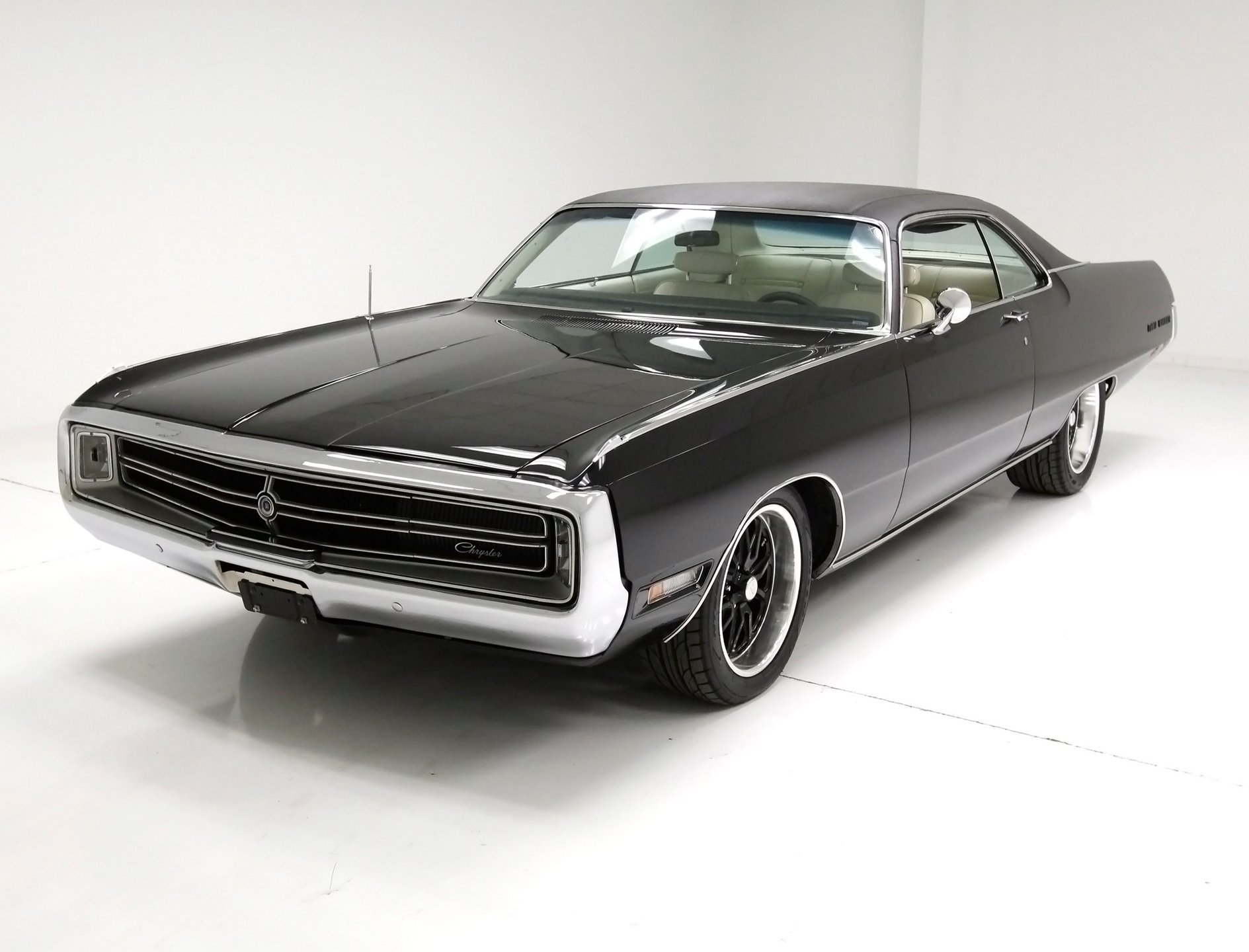
1969 Chrysler 300 Classic Auto Mall
Trusted dealers near youlatest car reviews & newsnew inventory every day See the fair market rangekbb.com price advisormy wallet pricing tool
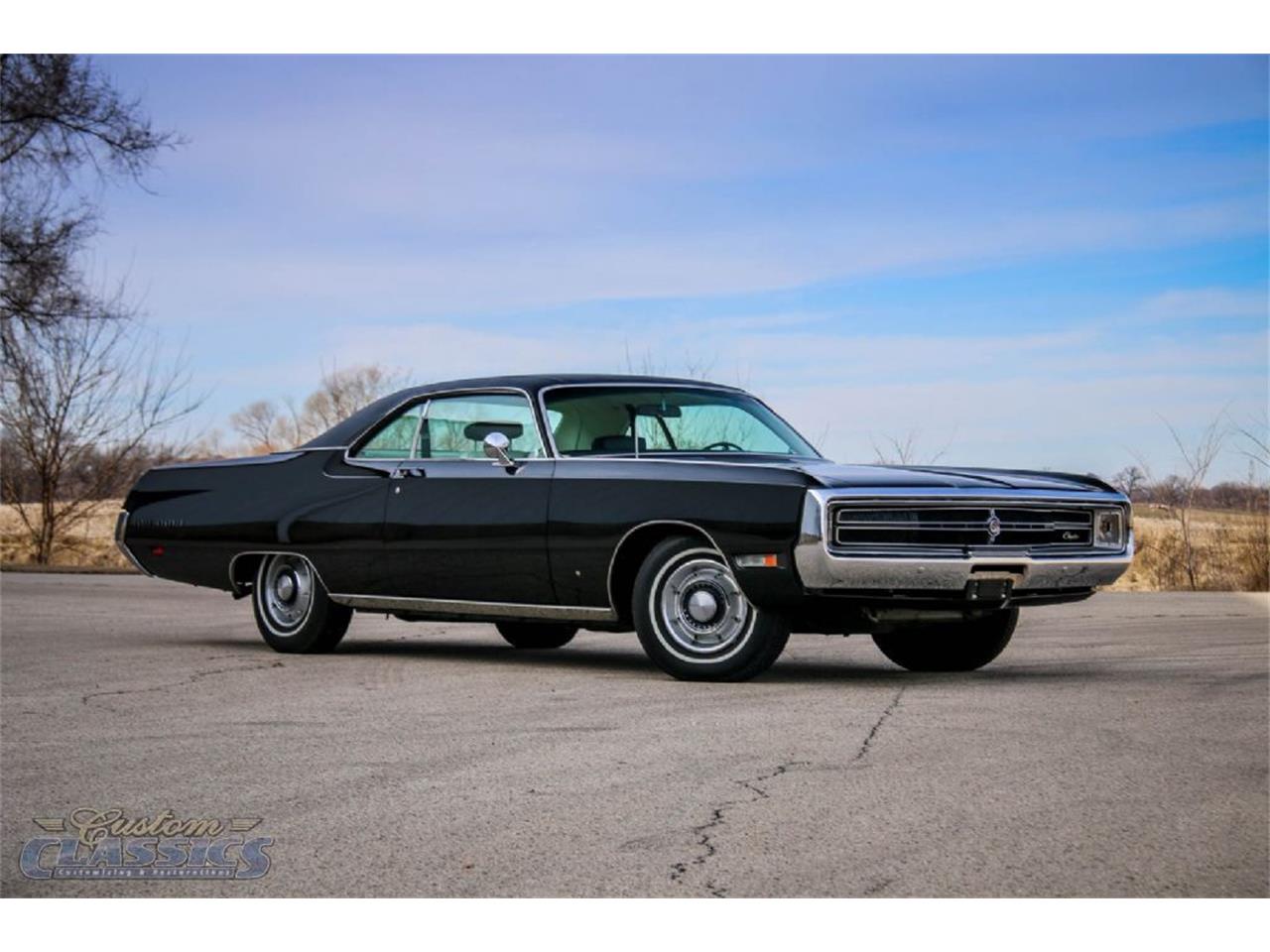
1969 Chrysler 300 for Sale CC1079017
See the fair market rangekbb.com price advisormy wallet pricing tool Trusted dealers near youlatest car reviews & newsnew inventory every day
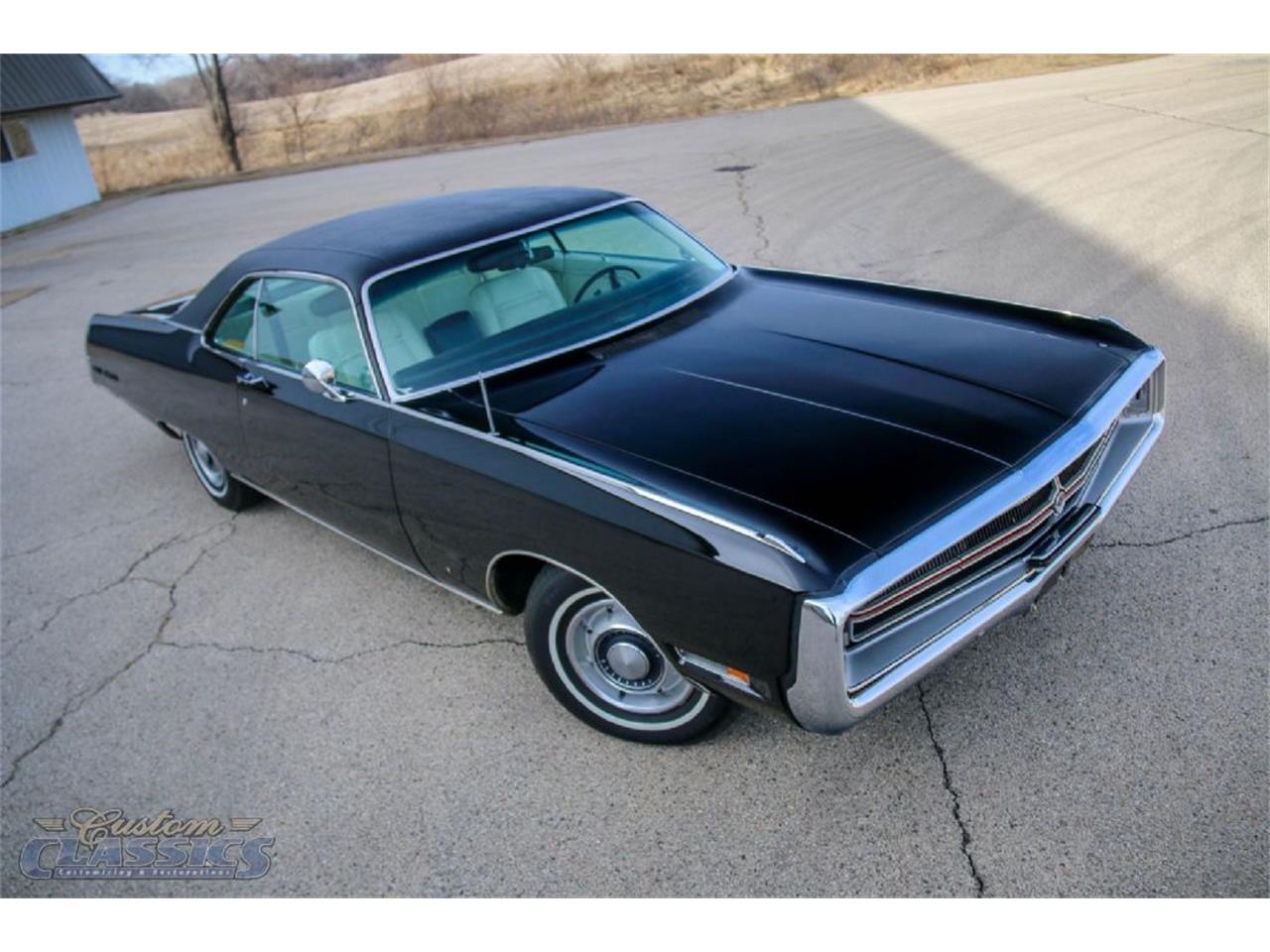
1969 Chrysler 300 for Sale CC1079017
See the fair market rangekbb.com price advisormy wallet pricing tool Trusted dealers near youlatest car reviews & newsnew inventory every day

1969 Chrysler 300 Convertible for sale on BaT Auctions sold for
See the fair market rangekbb.com price advisormy wallet pricing tool Trusted dealers near youlatest car reviews & newsnew inventory every day
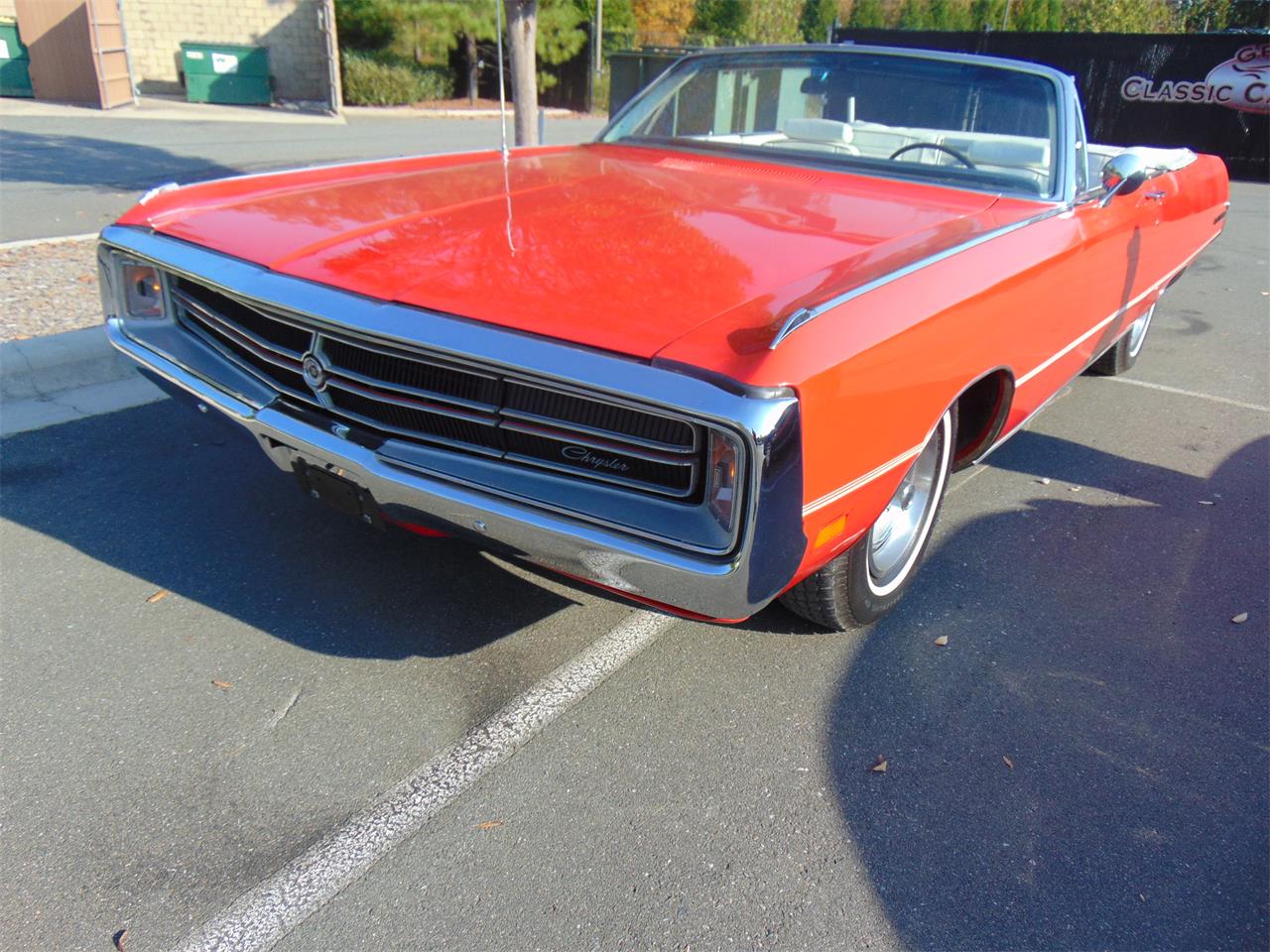
1969 Chrysler 300 for Sale CC920326
See the fair market rangekbb.com price advisormy wallet pricing tool Trusted dealers near youlatest car reviews & newsnew inventory every day
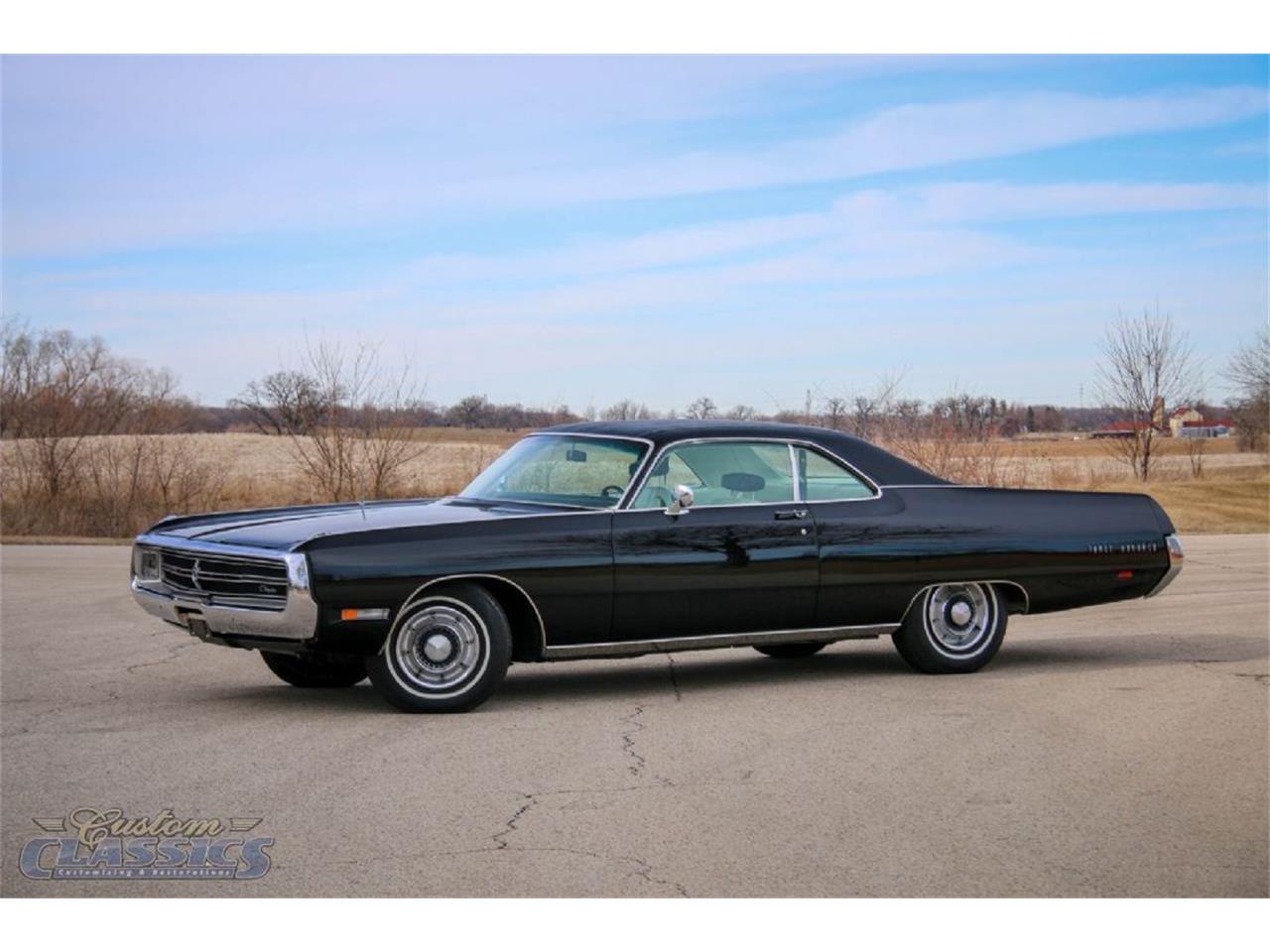
1969 Chrysler 300 for Sale CC1079017
Trusted dealers near youlatest car reviews & newsnew inventory every day See the fair market rangekbb.com price advisormy wallet pricing tool
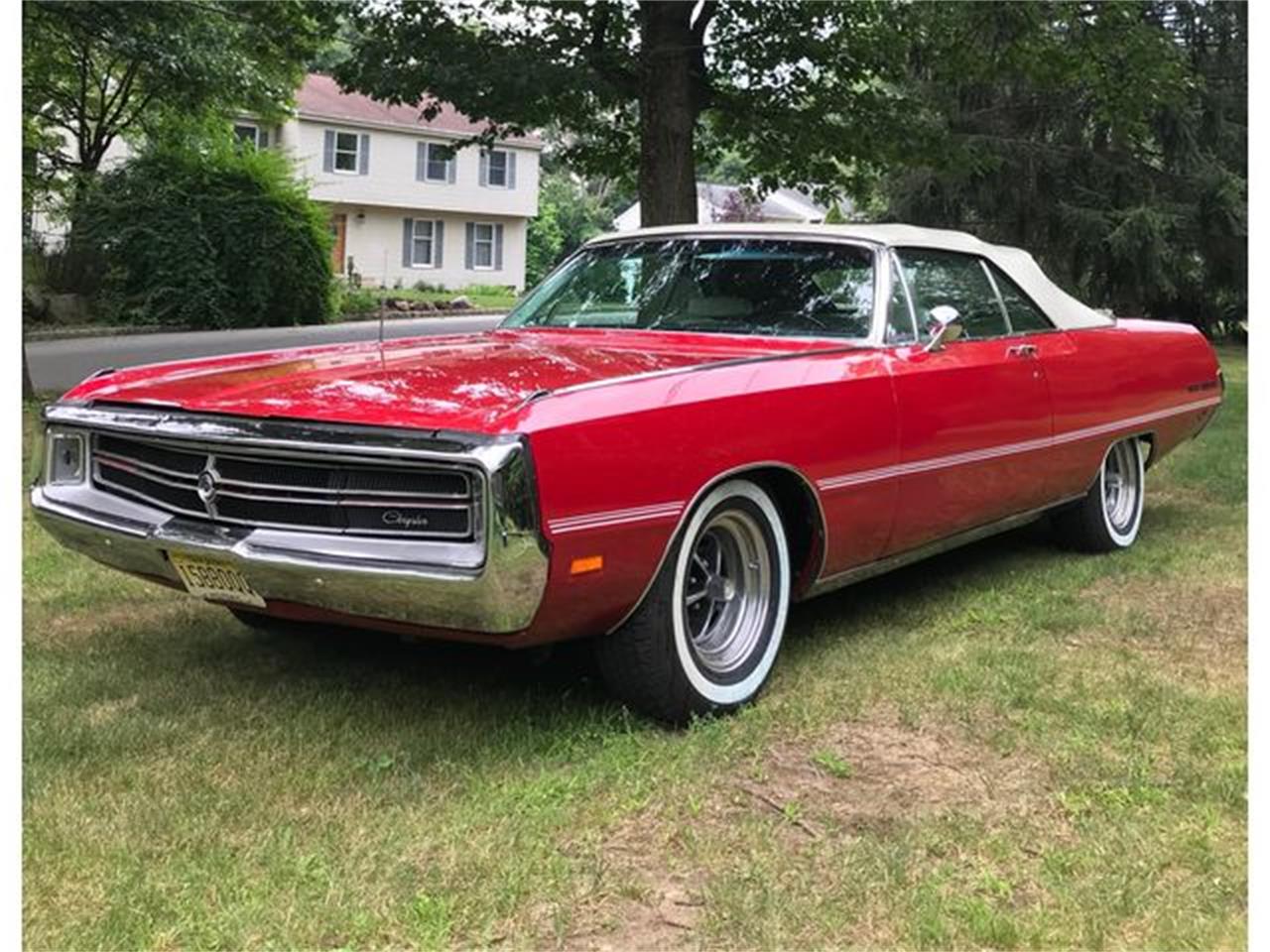
1969 Chrysler 300 for Sale CC1264929
Trusted dealers near youlatest car reviews & newsnew inventory every day See the fair market rangekbb.com price advisormy wallet pricing tool
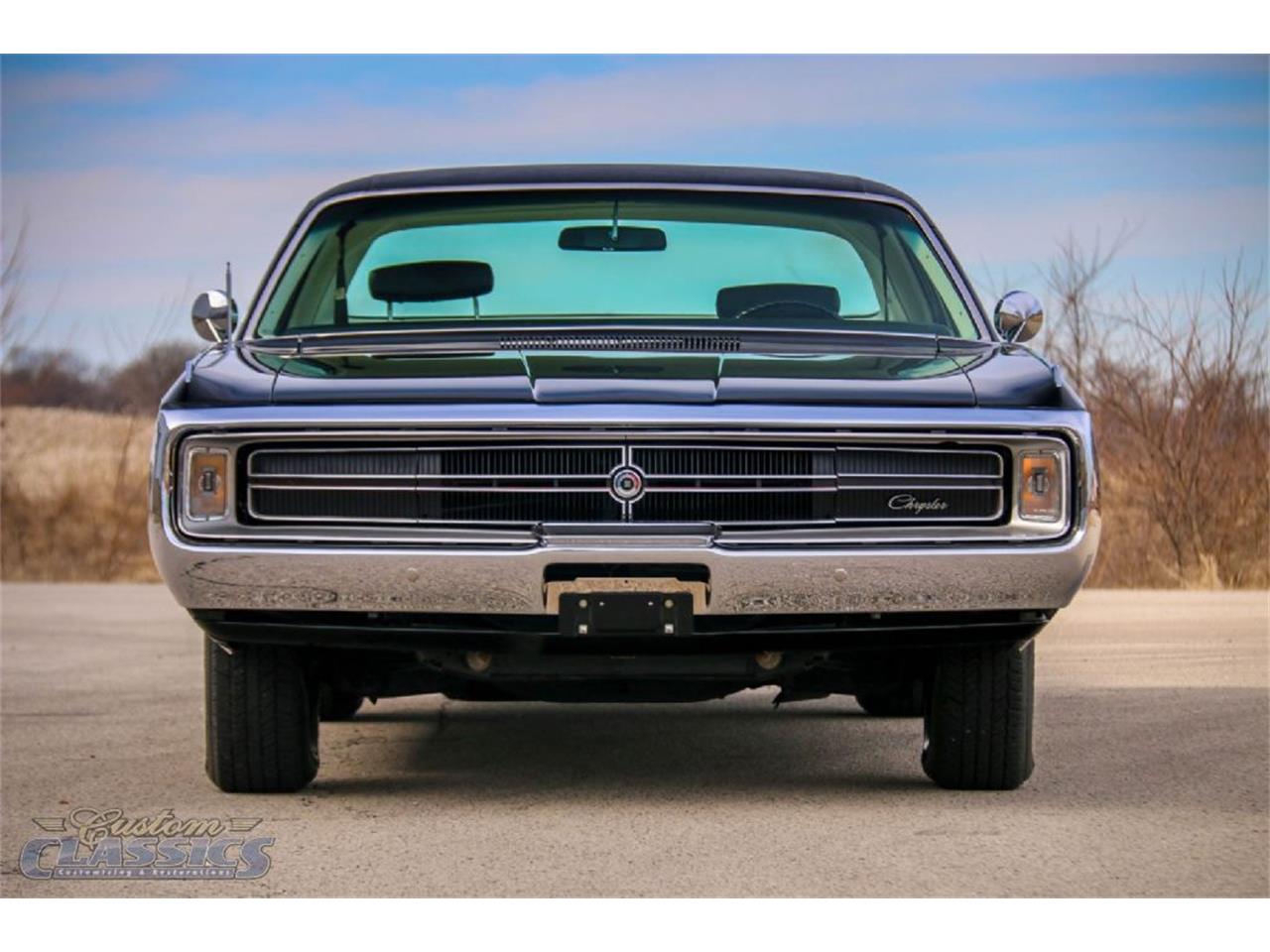
1969 Chrysler 300 for Sale CC1079017
See the fair market rangekbb.com price advisormy wallet pricing tool Trusted dealers near youlatest car reviews & newsnew inventory every day
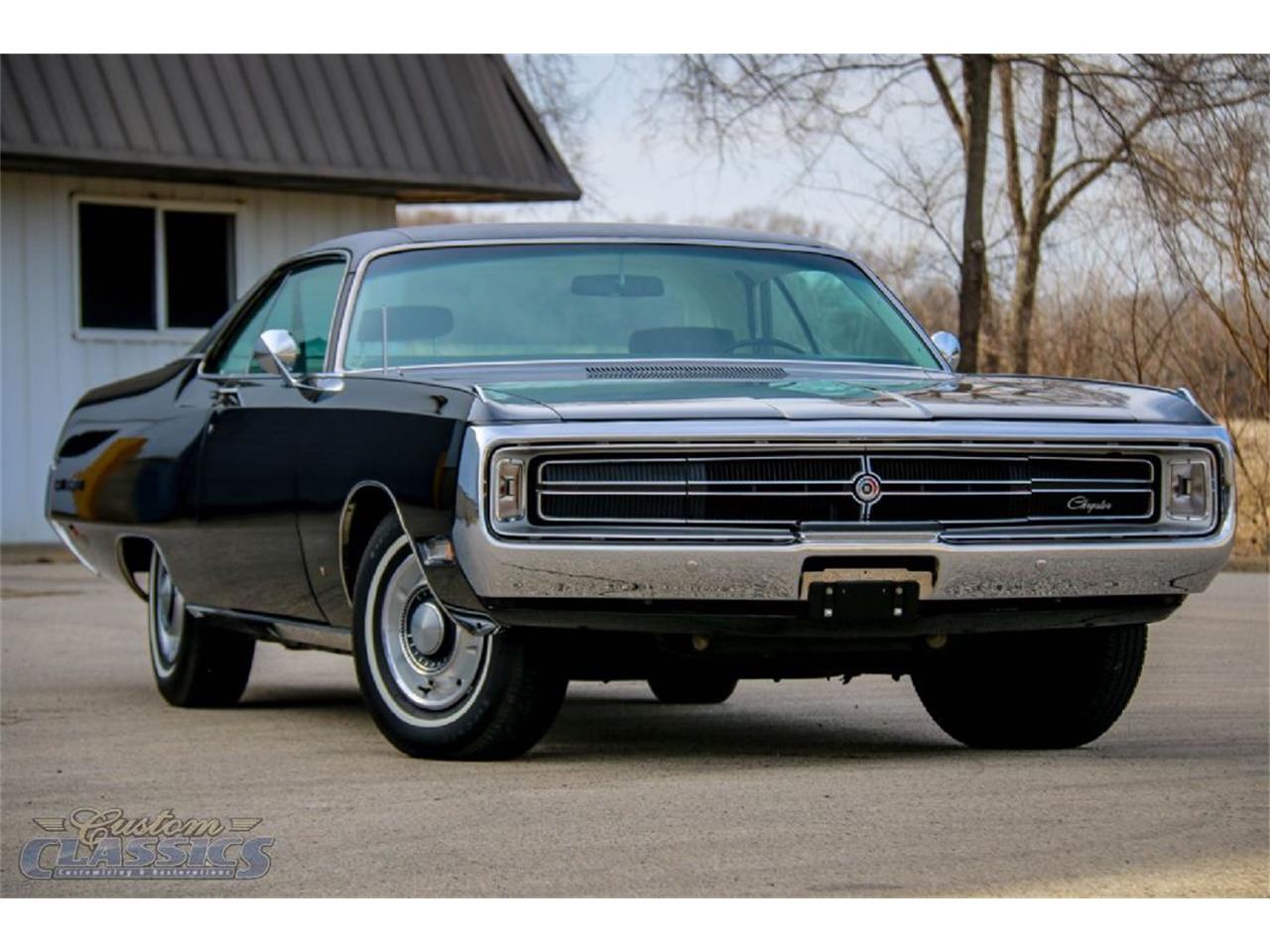
1969 Chrysler 300 for Sale CC1079017
Trusted dealers near youlatest car reviews & newsnew inventory every day See the fair market rangekbb.com price advisormy wallet pricing tool
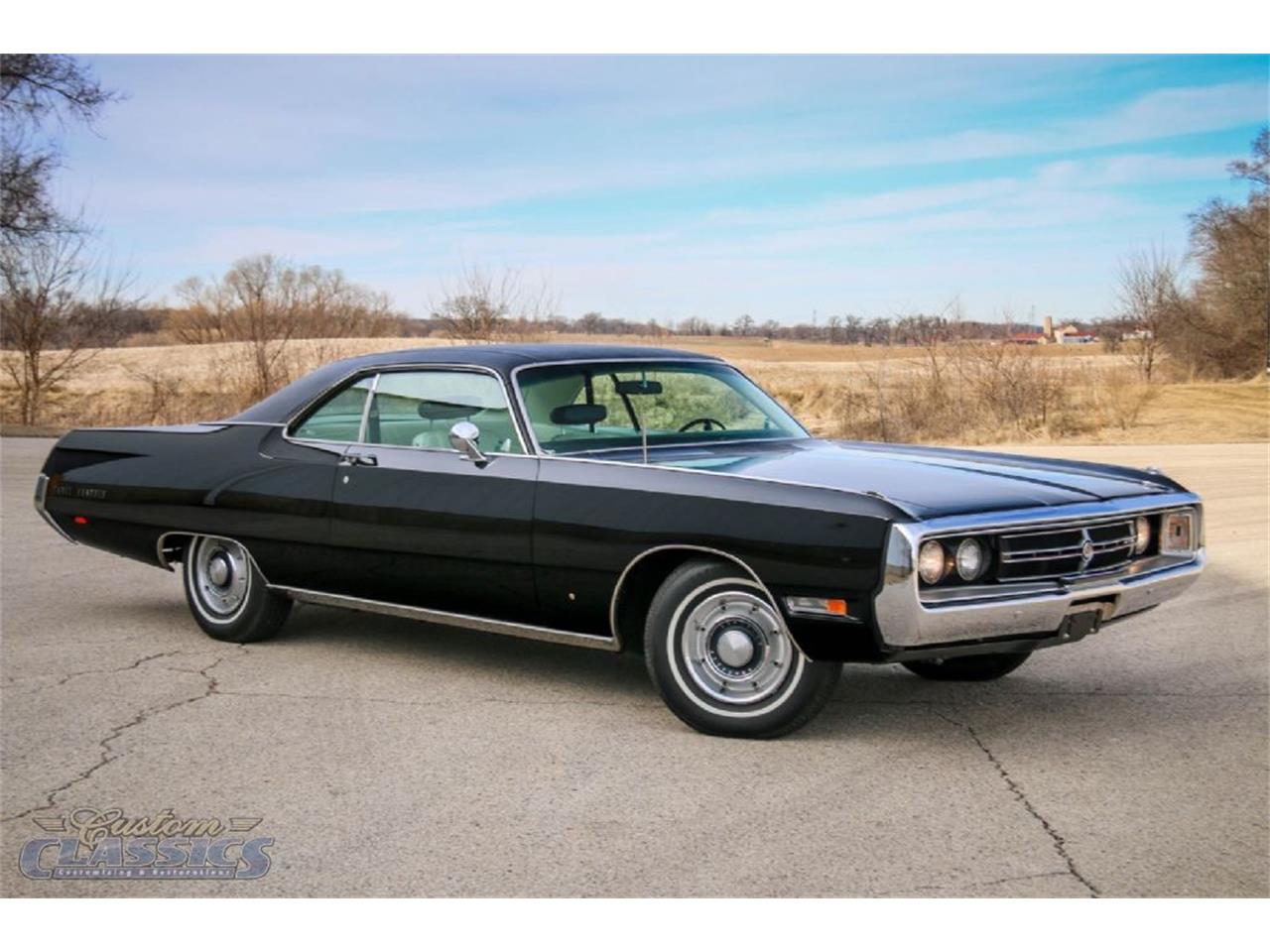
1969 Chrysler 300 for Sale CC1079017
Trusted dealers near youlatest car reviews & newsnew inventory every day See the fair market rangekbb.com price advisormy wallet pricing tool
In addition to offering unique items and affordable prices, many second-hand stores also serve an important social and community function. The global marketplace, with its constant buying and selling, influences everything from politics to the environment, creating ripple effects that are felt far beyond the immediate transaction. Online platforms also give buyers and sellers the chance to evaluate one another through reviews and ratings, adding an extra layer of trust and security to the transaction. For when everything is for sale, it’s easy to forget that the most important things in life are not commodities; they are experiences, relationships, and moments of connection that cannot be measured in dollars and cents. Success after the acquisition depends on a variety of factors, such as effective leadership, market conditions, and the buyer’s ability to make improvements and capitalize on growth opportunities. Both buyers and sellers should approach transactions with honesty and transparency to ensure a smooth exchange. Upcycling is a great way to make the most out of second-hand goods, adding both value and meaning to the items that are being repurposed. For many, owning a quality product means owning a piece of history, a connection to something larger than themselves. In times of financial hardship, such as during recessions or periods of high unemployment, more people may turn to second-hand goods as a way to save money. For the seller, the goal is often to maximize the value of the business, which requires a clear understanding of the company’s assets, liabilities, and future earning potential. With the rising costs of new products, especially in categories like electronics, clothing, and furniture, purchasing second-hand items can offer significant savings. Many online platforms also allow buyers and sellers to leave feedback and reviews, helping to build trust and credibility in the transaction. Quality goods for sale are not just limited to luxury items or high-end brands. The environmental benefits of buying second-hand goods go beyond just reducing the need for new production. Selling such an item can be a difficult decision, yet it often represents the practical need to downsize or make space for something new. They walk into a space that holds the potential for their own memories to be created, for their own life to unfold. On the other hand, traditional industries such as brick-and-mortar retail or manufacturing may face challenges, with many businesses in these sectors looking to sell or transition due to changing market conditions. This pride comes not just from the product itself, but from knowing that you are supporting a tradition of craftsmanship and care. The marketplace for second-hand items continues to grow, driven by economic, environmental, and cultural factors. It’s a phrase that, at first glance, may seem simple and straightforward.
With the rise of online platforms and a growing cultural shift toward sustainability, the second-hand market continues to thrive, providing consumers with more options and opportunities than ever before. Whether it's old furniture that no longer fits with their style, clothing that no longer fits, or electronics they no longer use, selling second-hand items allows individuals to recoup some of the money they spent on these goods. Many online platforms also allow buyers and sellers to leave feedback and reviews, helping to build trust and credibility in the transaction. The marketplace, for all its flaws, has brought about great innovations. The advent of these online platforms means that consumers can hunt for items they might have otherwise overlooked or been unaware of, sometimes at a fraction of the original cost. In some cases, buyers may also acquire businesses with existing intellectual property, such as patents, trademarks, or proprietary technologies, which can offer a competitive edge in the market. While the online second-hand market has flourished, traditional thrift stores and second-hand shops continue to play an important role in the buying and selling of pre-owned goods. For the buyer, acquiring such a piece may carry with it the honor of preserving a legacy, or the satisfaction of adding a unique, timeless item to their own collection. In some cases, it’s not just objects that are for sale, but entire industries or institutions. Whether it’s a vintage armchair, a gently used dining table, or a piece of mid-century modern furniture, second-hand furniture can be both functional and stylish. Perhaps the most troubling aspect of the idea that everything is for sale is how it can shape the way we view the world and each other. Similarly, in relationships, individuals may feel as though they are selling themselves, presenting their best qualities and hoping for the best outcome. These moments remind us that there is more to life than the pursuit of profit, and that not everything can be measured by a price tag. For sellers, this creates an opportunity to declutter their homes and make some extra money, while buyers have access to a vast marketplace of affordable, unique, and sustainable products. The materials, labor, and expertise that go into crafting these items naturally make them more expensive. On the other, there’s the challenge of assessing the true value of a business, navigating the complex negotiations, and ensuring that the business is a sound investment in terms of both its financial health and its long-term viability. By purchasing second-hand goods, consumers help keep products circulating in the economy, giving them new life and purpose. It’s a moment of transition, and as with all transitions, it brings with it both excitement and uncertainty. Yet, at the same time, there’s the promise of new beginnings for both the seller and the buyer. What will come next? What new opportunities will arise from this decision? When an item is placed “for sale,” it’s not just the object that’s changing hands; it’s often a reflection of the personal changes happening within the seller.